Sustainability Trends
Sustainability is becoming a key consideration in the Wearable Materials Market. As consumers increasingly prioritize eco-friendly products, manufacturers are compelled to adopt sustainable practices in material sourcing and production. The use of recycled and biodegradable materials is gaining traction, reflecting a broader societal shift towards environmental responsibility. In 2025, it is anticipated that the market for sustainable wearables will witness substantial growth, driven by consumer demand for products that align with their values. This trend not only influences material selection but also encourages innovation in the development of sustainable technologies, thereby shaping the future landscape of the Wearable Materials Market.
Rising Health Awareness
The increasing focus on health and wellness among consumers appears to be a pivotal driver for the Wearable Materials Market. As individuals become more health-conscious, the demand for wearable devices that monitor fitness and health metrics is likely to surge. This trend is reflected in the growing sales of fitness trackers and smartwatches, which utilize advanced materials for comfort and durability. In 2025, the wearable technology sector is projected to reach a market value of approximately 60 billion dollars, indicating a robust growth trajectory. Consequently, manufacturers are compelled to innovate and incorporate high-performance materials that enhance user experience, thereby propelling the Wearable Materials Market forward.
Increased Adoption of IoT
The proliferation of the Internet of Things (IoT) is emerging as a crucial driver for the Wearable Materials Market. As more devices become interconnected, the demand for wearables that can communicate with other smart devices is on the rise. This interconnectedness enhances the functionality of wearables, making them more appealing to consumers. In 2025, it is estimated that the number of connected wearable devices will exceed 1 billion units, indicating a substantial market opportunity. Manufacturers are thus motivated to develop materials that support advanced connectivity features, which could lead to enhanced user experiences and increased market penetration for the Wearable Materials Market.
Technological Advancements
Technological innovations in materials science are significantly influencing the Wearable Materials Market. The development of flexible, lightweight, and durable materials enables the creation of more sophisticated wearable devices. For instance, advancements in conductive textiles and smart fabrics allow for seamless integration of sensors and electronics into clothing. This evolution not only enhances functionality but also improves user comfort. As of 2025, the market for smart textiles is expected to grow at a compound annual growth rate of over 25%, suggesting a strong inclination towards innovative materials in wearables. Such advancements are likely to attract investments and drive competition among manufacturers, further stimulating the Wearable Materials Market.
Growing Demand for Fashionable Wearables
The intersection of fashion and technology is becoming increasingly pronounced, driving the Wearable Materials Market. Consumers are not only seeking functionality but also aesthetic appeal in their wearable devices. This trend has led to collaborations between tech companies and fashion brands, resulting in stylish wearables that cater to diverse consumer preferences. As of 2025, the market for fashionable wearables is projected to grow significantly, with a notable increase in demand for materials that combine style with performance. This shift suggests that manufacturers must prioritize design alongside technological innovation, thereby enhancing the overall appeal of their products in the Wearable Materials Market.
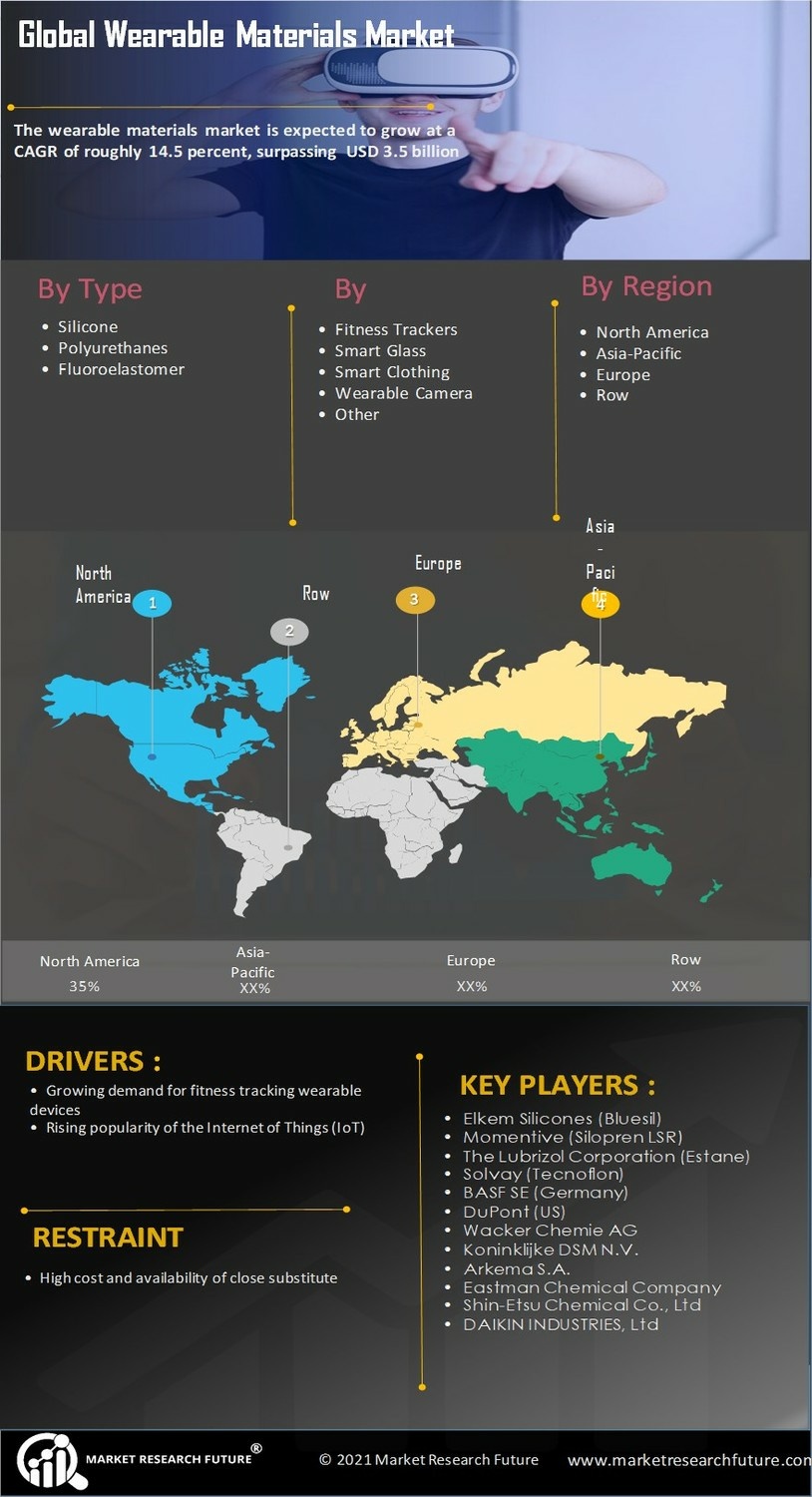

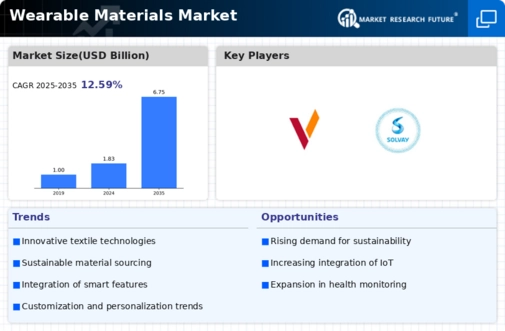
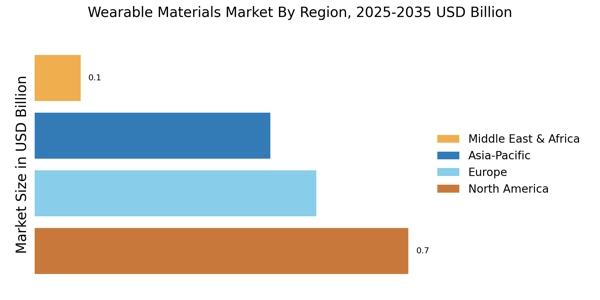
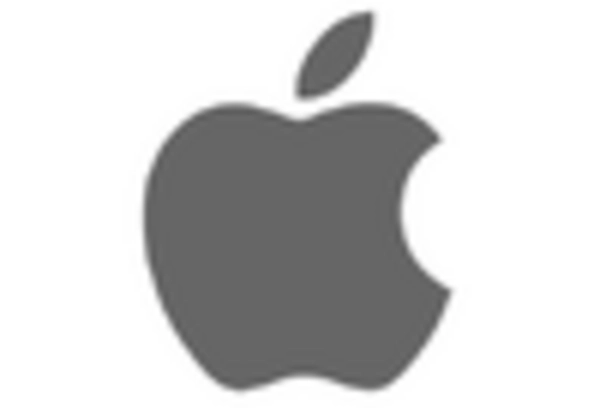
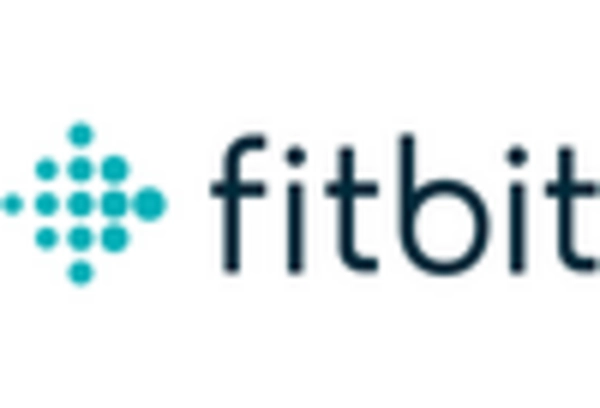
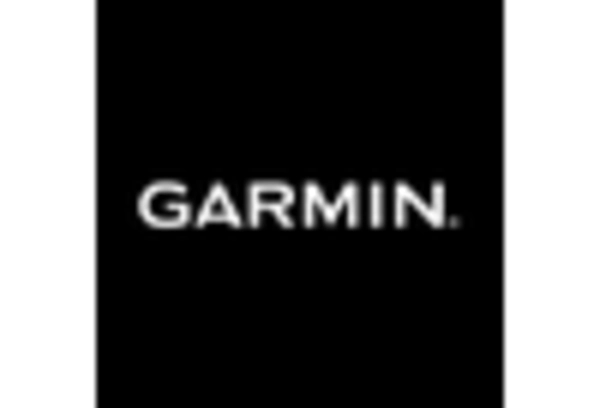











Leave a Comment